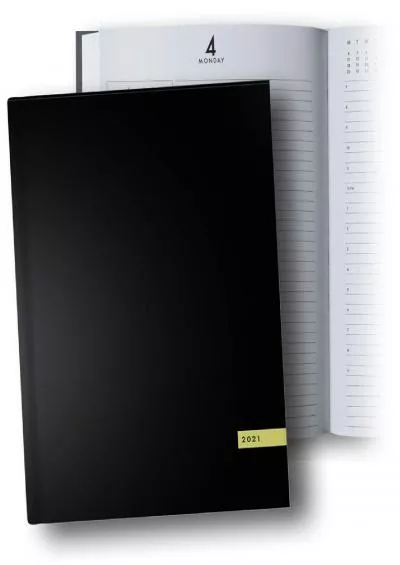PPT-October 5, 2021 | pspc WEBEx
Author : elise | Published Date : 2024-01-29
Fei Zeng Technical manager Resource Studies and assessments Forward Capacity Auction 16 FCA 16 Estimated Hours of System Operating Reserve Deficiency for 20252026
Presentation Embed Code
Download Presentation
Download Presentation The PPT/PDF document "October 5, 2021 | pspc WEBEx" is the property of its rightful owner. Permission is granted to download and print the materials on this website for personal, non-commercial use only, and to display it on your personal computer provided you do not modify the materials and that you retain all copyright notices contained in the materials. By downloading content from our website, you accept the terms of this agreement.
October 5, 2021 | pspc WEBEx: Transcript
Download Rules Of Document
"October 5, 2021 | pspc WEBEx"The content belongs to its owner. You may download and print it for personal use, without modification, and keep all copyright notices. By downloading, you agree to these terms.
Related Documents

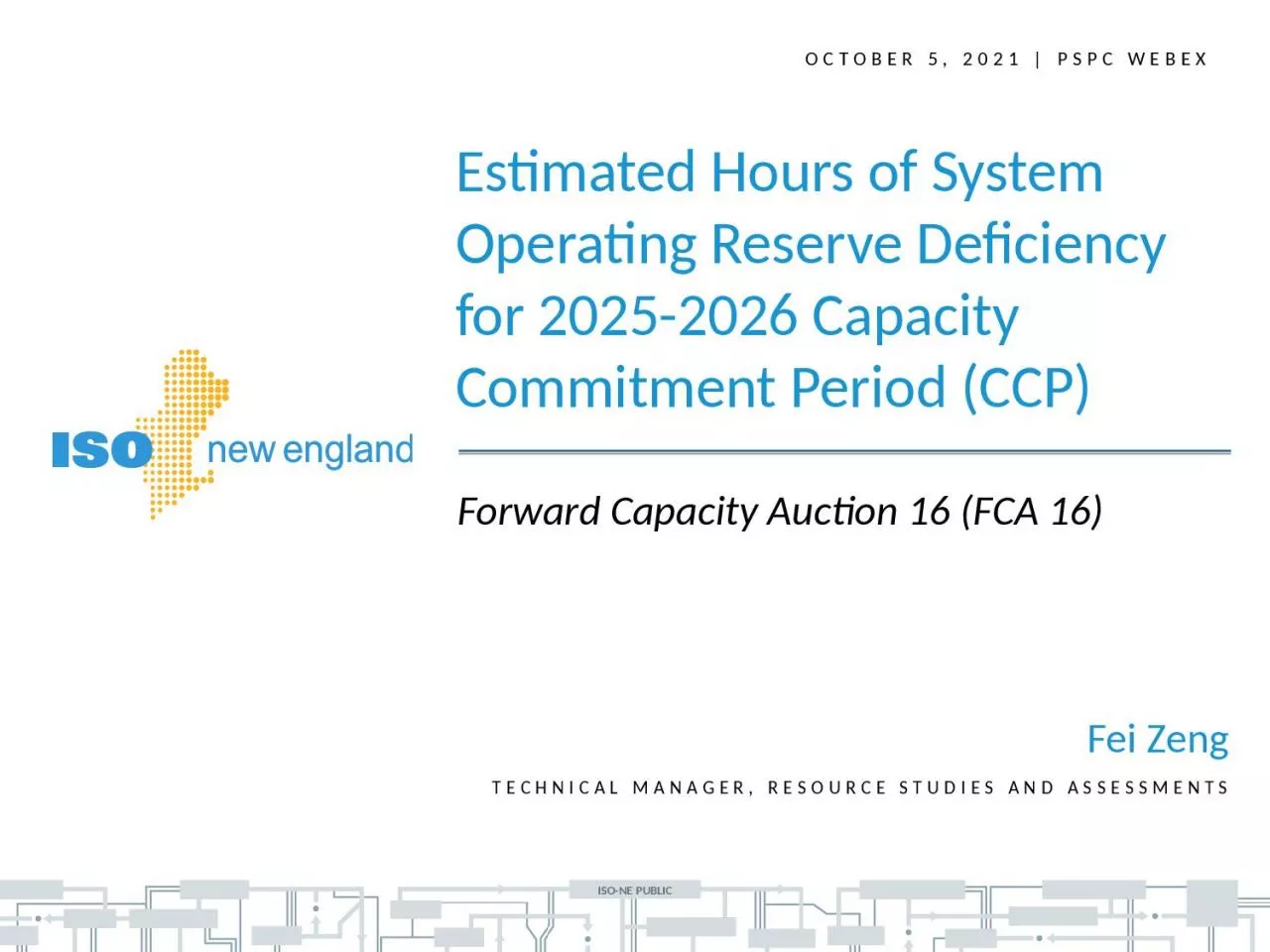




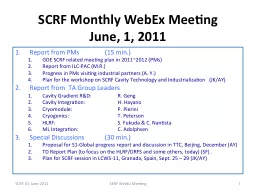
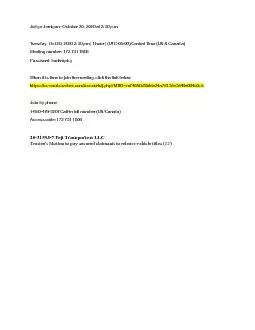


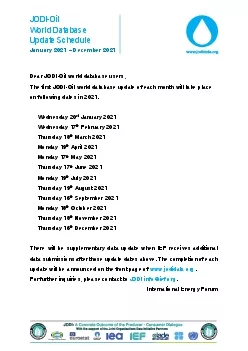

![[Doctor] Dispensing Past, Present and Future(?)](https://thumbs.docslides.com/916539/doctor-dispensing-past-present-and-future.jpg)

